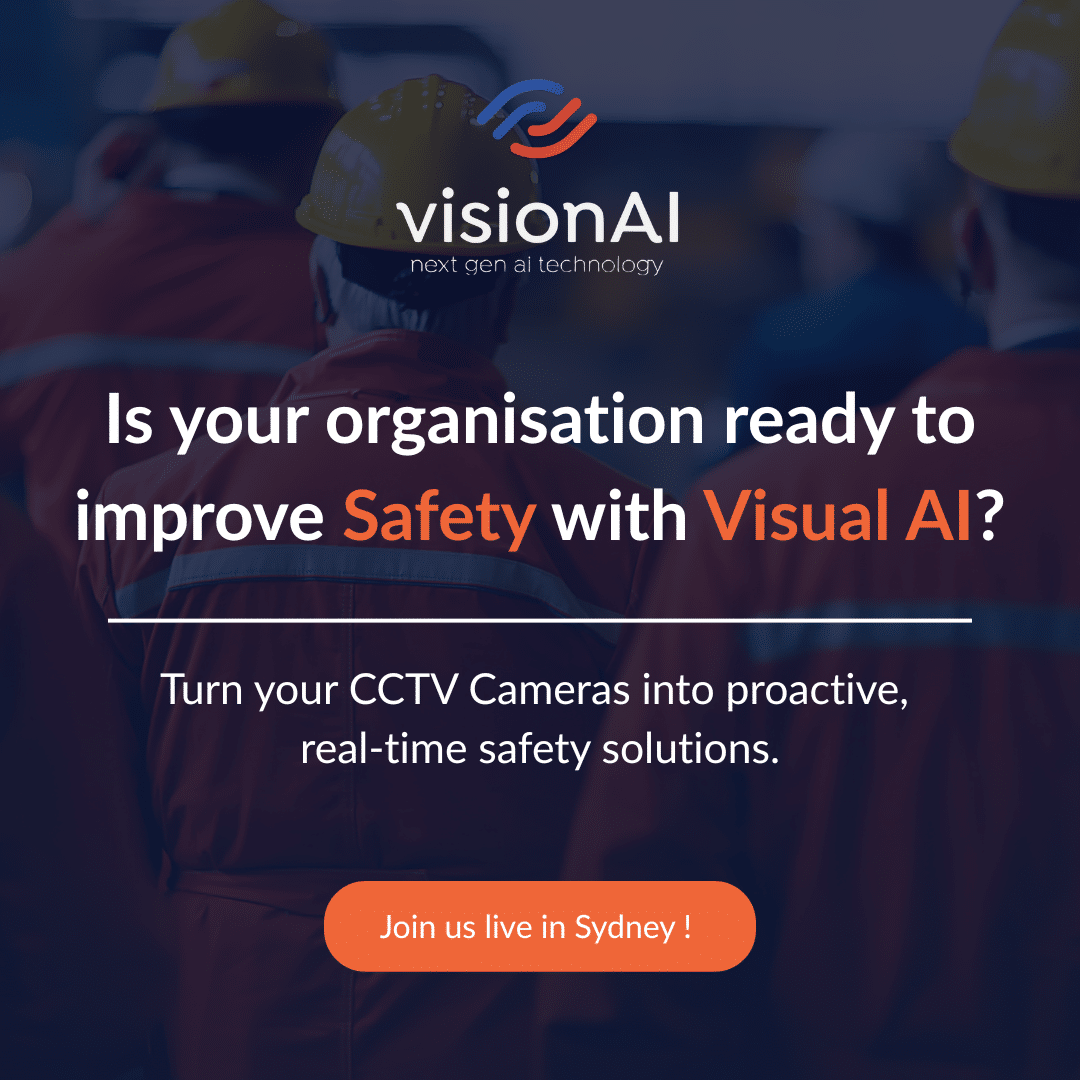
In today’s volatile and uncertain macroeconomic environment, manufacturing leaders are navigating unprecedented challenges. The pressures of global competition, supply chain disruptions, and rising operational costs are pushing CEOs, MDs, and CFOs to rethink their strategies. To stay competitive and thrive, it’s no longer enough to simply keep pace with change; you must lead it. Central to this leadership is the adoption of three cultural shifts: building a data-driven culture, transitioning from reactive to proactive operations, and embracing AI as a strategic imperative. These shifts are not just trends—they are critical to your organization’s survival and success.
1. Building a modern data-driven culture across the organization
As the adage goes, “You can’t manage what you can’t measure.” In the manufacturing sector, the quality of your data is the bedrock of operational excellence. However, quality data is more than just numbers on a spreadsheet; it must meet specific criteria. It must be real-time, automatically captured, reliable, and unbiased. Data that meets these standards enables manufacturing leaders to make informed decisions swiftly and accurately to drive optimal outcomes.
Embedding these principles from the bottom to the top of the organization is vital. A data-driven culture ensures that every decision, at every level, is supported by accurate, actionable insights. This culture empowers teams to optimize processes, reduce waste, and improve efficiency continuously. It’s not just about collecting data—it’s about building a system where data flows seamlessly across the organization, driving transparency, accountability, and performance.
2. Shifting from a reactive to a proactive culture
In many manufacturing operations, retrospective analysis is the norm. Problems are often identified and addressed only after they have already impacted the bottom line. This reactive approach is no longer viable in a fast-paced, competitive landscape. The shift from reactive to proactive management is imperative.
Proactive management requires real-time insights and immediate response capabilities. It’s about anticipating issues before they become problems and taking pre-emptive action. Real-time data allows leaders to monitor operations as they happen, enabling swift interventions that prevent downtime, reduce defects, and optimize output. By embracing this shift, manufacturing leaders can transform their operations, moving from a state of constant firefighting to one of strategic, forward-looking management.
3. Understanding and embracing AI
AI is often perceived as a complex, expensive technology that requires data scientists, rich datasets, and a comprehensive strategy. While this may be true for certain AI applications, visual AI presents a unique opportunity for manufacturing leaders to harness AI’s potential without these traditional barriers.
Visual AI leverages your existing camera infrastructure to unlock tangible business value quickly. It’s easy to implement, offers a fast time-to-value, and uses assets you already have in place. This makes visual AI accessible and scalable, without the need for extensive data science expertise or large upfront investments.
Manufacturing leaders who embrace AI are positioning their organizations to win in the future. AI is no longer a luxury; it’s a necessity. Those who adopt it will thrive, while those who don’t risk being left behind. Barriers to AI adoption, such as cost, complexity, and data requirements, are often overstated. With visual AI, you already have the data—the actions of your machines, people, and processes on the factory floor are being recorded by your cameras every day. The challenge is not the lack of data but the need to harness it effectively.
Moreover, AI adoption today is less risky and more affordable than ever. AI software providers are enabling Software as a Service (SaaS) models offering low-risk, subscription-based access to AI tools, eliminating the need for heavy upfront capital investments. AI is no longer a disruptive force—it’s a complementary technology that works alongside your existing operations, enhancing them without disruption.
Conclusion
In closing, manufacturing leaders must confront these three cultural shifts head-on. First, building a data-driven culture is essential because you can’t manage what you can’t measure. Quality data must be real-time, automatically captured, reliable, and unbiased. Second, with this data, it’s crucial to shift from a reactive to a proactive operational culture. Finally, AI adoption needs to be a strategic imperative driven from the top. By embracing these shifts, manufacturing leaders can not only navigate the current macroeconomic challenges but also position their organizations for long-term success.
visionAI is a visual AI software company specializing in manufacturing and supply chain operations. With solutions like OEE Plus+, visionAI helps factory operations harness visual AI to enable real-time OEE and gain additional insights across their operations, driving these critical cultural shifts in the process.




